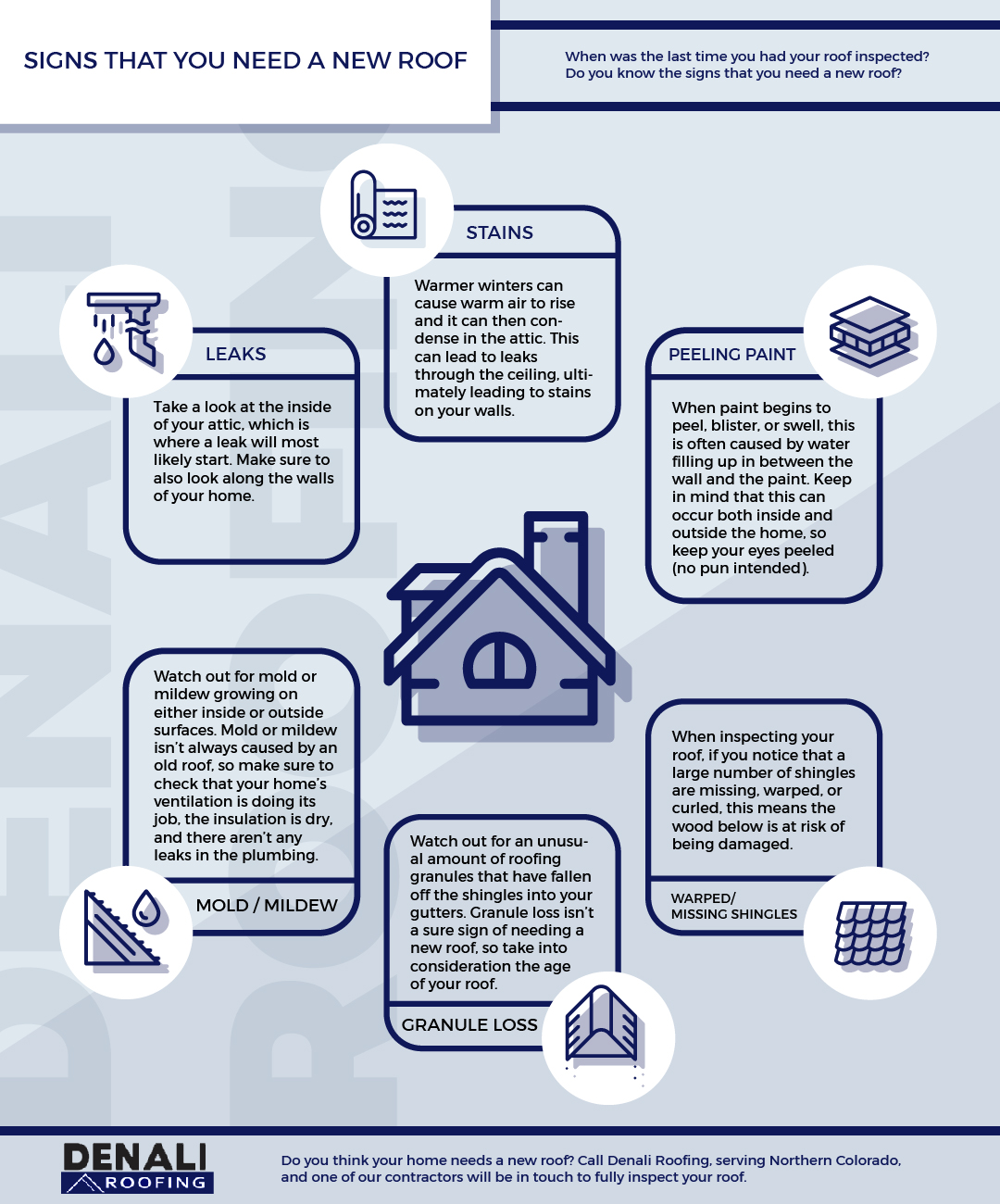Learn Just How Different Weather Conditions Influence Your Roof Installment And Ensure A Task Well Done
Learn Just How Different Weather Conditions Influence Your Roof Installment And Ensure A Task Well Done
Blog Article
Content Create By-McCoy Smith
When it concerns roofing installations, the weather can make or break the job. Visualize https://smallbusiness.chron.com/advertising-tips-roofing-business-62034.html of dealing with materials that won't coordinate as a result of extreme warm or battling slippery surface areas caused by unanticipated rainfall. Comprehending the effect of weather conditions on your roof covering project is crucial for a successful outcome. So, let's check out exactly how different weather elements can influence the high quality and resilience of your roofing installment, guaranteeing a work well done.
Effect of Temperature Level on Roof Installment
When it involves roof installment, temperature level plays a critical duty at the same time. The ideal temperature for roof jobs usually drops in between 45 and 85 degrees Fahrenheit. Severe warm can create products like shingles to end up being as well pliable, causing potential damage during installation. On the other hand, chilly temperature levels can make materials fragile and vulnerable to fracturing. It is very important to set up roofing installations during modest temperatures to guarantee the most effective end result.
Throughout chillier weather condition, service providers may require to take additional precautions such as using heated equipment or permitting products to heat up before installation.
In contrast, hot weather may need job to be done previously or later in the day to avoid the peak temperatures. By considering the temperature and its effects on roofing materials, you can assist make sure a successful installation that will certainly withstand the components for many years ahead.
Effect of Precipitation on Roofing Projects
Roof covering projects can be dramatically impacted by rainfall, influencing both the timeline and the high quality of the installation. Rain or snow can create slippery conditions, making it hazardous for roofers to deal with a wet surface. Additionally, dampness can endanger the adhesion of materials like roof shingles or underlayment, resulting in possible leakages or problems in the future.
If it rains during a roof project, the water can permeate right into vulnerable locations, causing delays as the installment team should await the roofing system to completely dry before continuing. window installers san antonio can likewise advertise the growth of mold and mildew and mold, additional threatening the integrity of the roof covering.
To prevent these concerns, it's recommended to schedule roof projects during drier seasons or keep track of the weather report carefully to prepare around any kind of possible rainstorms. By taking safety measures to work in desirable weather conditions, you can make sure a smoother and extra effective roof covering installment process.
Impact of Wind Speed on Installation Success
Throughout roof installment, the speed of the wind plays a critical duty in identifying the success of the task. High wind rates can pose considerable obstacles to contractors, potentially leading to safety and security risks and top quality problems. When wind speeds exceed suggested restrictions, it comes to be challenging to handle products, enhancing the risk of accidents and damages to the roofing materials. Strong gusts can likewise influence the precision of measurements and the precision required for correct installment.
To guarantee an effective roofing system installment, it's vital to check and think about wind rates. Ideally, roof installation must take place on days with reduced to moderate wind speeds. This not just boosts the safety and security of the workers yet additionally improves the overall quality of the installment.
Roof covering projects arranged during calm weather conditions are most likely to be finished successfully and with fewer mistakes. By taking notice of wind speed forecasts and intending accordingly, you can assist ensure a smooth and effective roof installment procedure.
Conclusion
So, when it involves roof setup, remember to think about the weather conditions to guarantee an effective task. Ideal temperature levels, dry conditions, and modest wind speeds are essential factors to prioritize for a smooth setup process. By scheduling your task during the very best seasons and ideal weather conditions, you can attain a durable and lasting roof that will shield your home for years to come.
